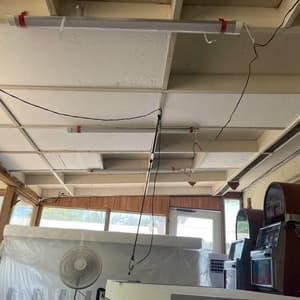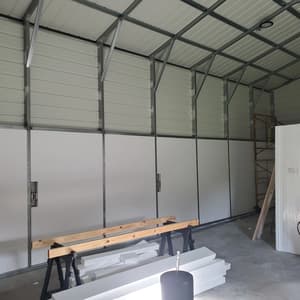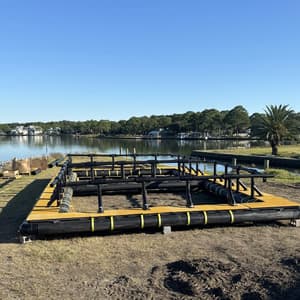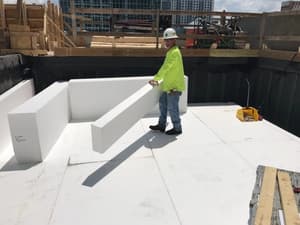How can EPS Geofoam be used in soft soil remediation, especially in road construction?
Traditional heavy fill materials, such as soil, sand and rocks sometimes have to be completely ruled out. In certain construction sites, the soil won’t hold additional weight or might absorb the fill material, causing post-construction settlement. Typical areas that need an alternative approach include:
-
Loose soil that may get disturbed easily
-
Sensitive areas such as wetlands
-
Building around existing utilities
-
Ground with a lot of soft clay, particularly near lakes and rivers.
Construction techniques to work around soft soil conditions can be costly and complex. EPS geofoam can be used as a very effective replacement for traditional heavy fill materials due to a combination of very low weight (approx. 1% of traditional materials) PLUS a high compressive strength of up to 18.6 psi at 1% deformation.
A typical road construction in a soft soil situation
In road construction using EPS geofoam, typically an initial course of sand is compacted at the base of the construction for a new highway or road. The geofoam is then layered up in blocks with courses staggered if required to improve strength. The geofoam has now replaced the bulk and the weight of the construction. Before the pavement layer or driving surface, additional layers are often applied such as a hydrocarbon resistant cover, depending on the site situation.
In this way, the EPS geofoam slots easily into place with the other layers of materials required to complete the road. It provides an evenly distributed load which is easy to calculate and does not resettle overtime. With less weight of materials to handle on site, this means reduced stress and weight on the whole construction area.
Upfront preparation and advice for a soft soil solution
Our expert team helps to design exactly what you need along with your own engineering team. Let us help you discover the simpler solution to soft soil remediation.




